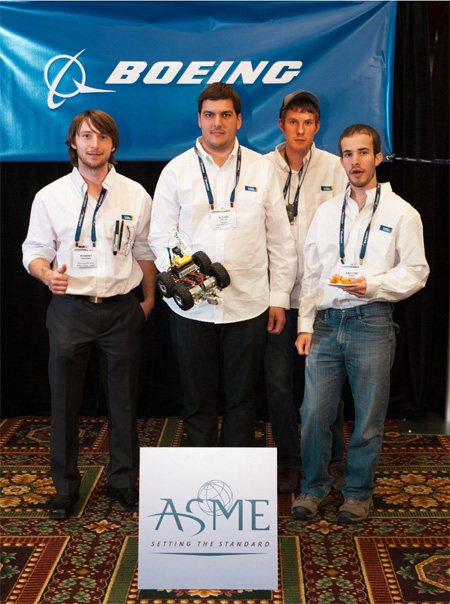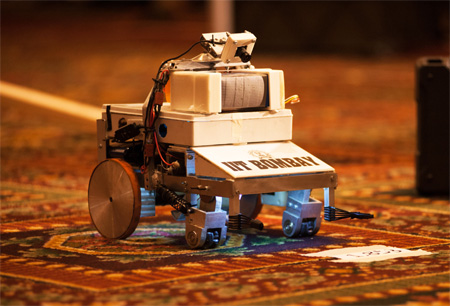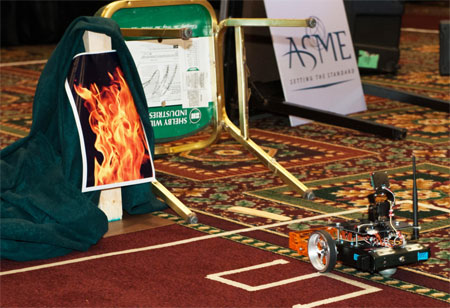Young Engineers Compete for Top Prizes at 2013 ASME Student Design Competition
Young Engineers Compete for Top Prizes at 2013 ASME Student Design Competition

The championship round of the 2013 ASME Student Design Competition, a showcase for outstanding young engineers and innovative solutions, was held on Nov. 17 at San Diego's Manchester Grand Hyatt Hotel, as part of the 2013 Congress. More than 100 student engineers representing 23 teams from every corner of the globe converged on Southern California to participate in the competition and the prizes and exposure that go with it.
Each year, engineering faculties around the world call together teams of talented, ambitious student engineers who join forces to design, build and operate prototype devices to meet the specifications of that year's ASME-SDC challenge. Every year the task is a real-world, relevant engineering problem tough enough to spark student imaginations and spur their continued development as creative, teamwork-ready problem solvers.
The 2013 SDC challenge arose in response to the recent catastrophe at Japan's Fukushima-Daiichi Nuclear Facility. To handle such situations in future, the nuclear energy industry identified its need: a small, nimble, remotely controllable inspection vehicle that can check radioactivity levels at specified locations, inspect for damage, and do so while protecting human operators from exposure to radiation. The SDC challenge for 2013 was to design, build and operate such a vehicle faster and more effectively than any other team in the competition.

All the finalist teams for 2013 brought their own ingenious answers to the assignment. Each robo-vehicle was camera-equipped, allowing its remote driver to navigate the course with no other visual input than what came through the vehicle's "eye." Each entry also had to successfully read a numerical gauge, drop one sensor and retrieved another, activate a pump, and make its way out of the course again.
In the end it was Alex Simpson, Alexei Semine, Robert Poskrobko and Anthony Brinias of Ryerson University in Toronto, Canada, who won first place, a $3,000 grand prize, plus $1,000 for their university's ASME student section. Ryerson bested the runner-up team, Indian Institute of Technology, Bombay, by a full 10 seconds. Third place was awarded to the New Jersey Institute of Technology.

Next year's competition, to design and build a lighter-than-air UAV (unmanned air vehicle) that can carry and drop cargo on demand, already has the student engineers heading back to their drawing boards. We look forward to seeing what they dream up at next year's Congress in Montreal.
- Joshua Olesker, ASME Public Information




